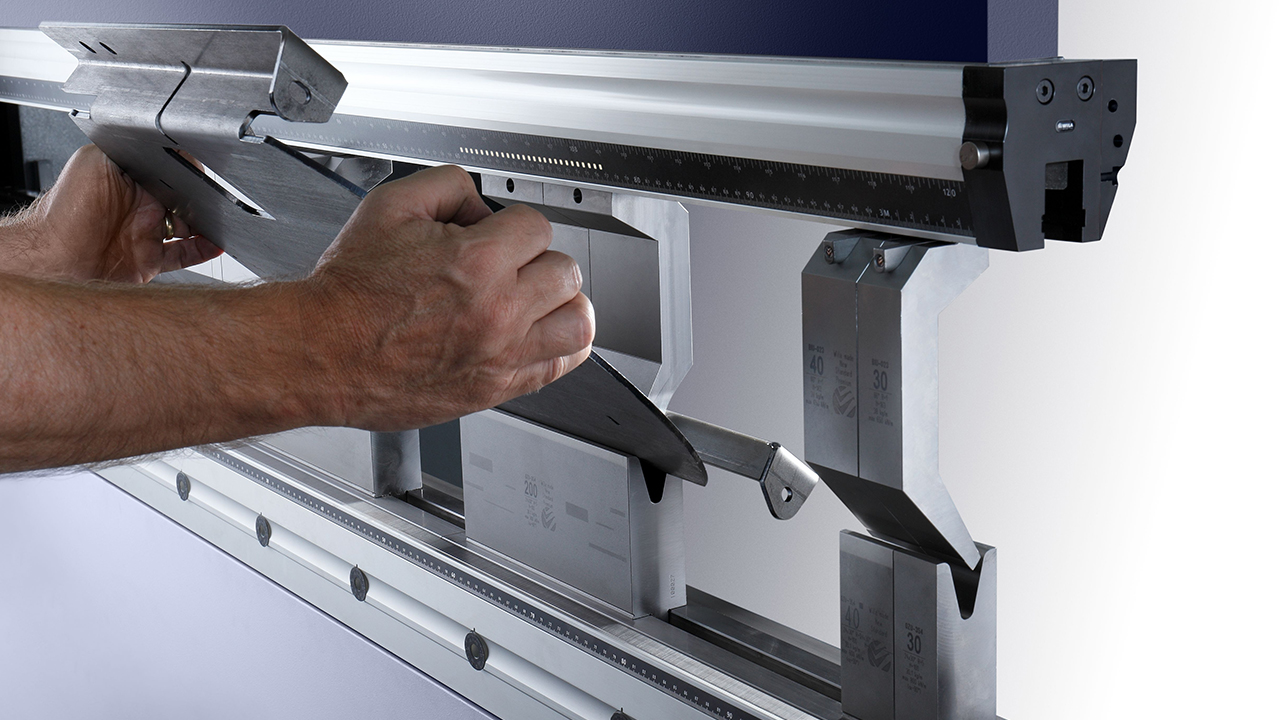Sloane is an accomplished rock climber, backpacker, cyclist, and skier. He has climbed rocks all over the world, including in Yosemite National Park and on Mount Kilimanjaro. He enjoys backpacking and cycling through beautiful landscapes, and skiing down challenging slopes.

Given that press brake tooling contributes to operational efficiency, product quality, and overall manufacturing success, its selection remains a critical determinant for this success. With many options available, selecting the appropriate press brake tooling necessitates understanding its types, criteria, and guidelines.
However, choosing the right tools can be frustrating sometimes. Worry not; this article provides a comprehensive guide to press brake tooling selection, its types, essential criteria, and guidelines to consider when making informed decisions for industry professionals.
Types of Press Brake Tooling
Press brake tooling has different types, each designed to address specific bending applications, material properties, and operational requirements. The essential types you would encounter include V-dies, punches, dies, hemming tools, and specialty tooling tailored for unique bending challenges.
Understanding each type’s characteristics, capabilities, and limitations is crucial for selecting the most suitable tooling solutions aligned with project specifications, material requirements, and production goals.
For an exhaustive exploration of types and applications, refer to the resources available at https://www.smbctools.com/press-brake-toolings/. SMBC offers detailed insights into the products, technical specifications, and best practices.
Criteria for Selection
Selecting the proper press brake tooling requires careful consideration of several key criteria. Evaluating these criteria in alignment with project specifications, material properties, and production volumes facilitates the identification of optimal tooling solutions that maximize efficiency, quality, and return on investment.
Material
Different materials require different tooling. Thicker materials may need sturdier punches and dies, while softer materials might benefit from tools with protective coatings to prevent marring.
Bend Depth and Angle
The chosen tooling must perfectly match the desired bend angle and profile. The depth and angle of the desired bend will dictate the type and size of tooling you need. Ensure the chosen tools can handle the required bend without compromising accuracy or exceeding capacity.
Machine Compatibility
Not all tooling is compatible with all press brakes. Check the specifications and ensure the tooling dimensions and interface points align seamlessly with your specific press brake model.
Quality and Durability
Invest in high-quality tooling made from robust materials and employing wear-resistant coatings. This minimizes downtime due to tool failures and ensures consistent, reliable performance.
By prioritizing these criteria-based selection methodologies, you can mitigate risks, minimize operational challenges, and achieve desired bending outcomes with precision, consistency, and reliability.
Guidelines for Optimal Selection
Navigating the complexities of press brake tooling selection requires adherence to established guidelines, best practices, and industry standards. Here are some practical tips to guide your press brake tooling selection. Consult the manufacturer’s recommendations; they often provide recommended tooling types and specifications for optimal performance.
In addition, you can utilize online resources like SMBC, which offers detailed product information, compatibility guides, and technical documents to aid your selection. Don’t hesitate to consult with experienced press brake tooling suppliers. Their expertise can help you navigate complex applications and find the perfect solution for your unique needs.
A Final Note
Press brake tooling selection is not just about acquiring tools; it’s about investing in precision, efficiency, and success. You can navigate complexities, optimize bending operations, and achieve desired outcomes by exploring various types, evaluating essential criteria, and adhering to established guidelines.
